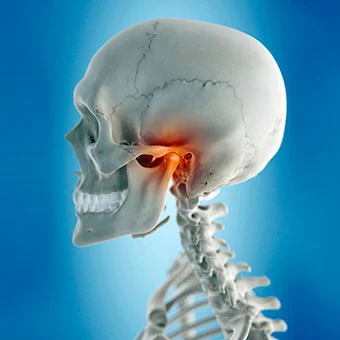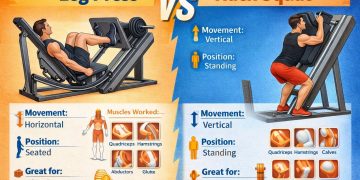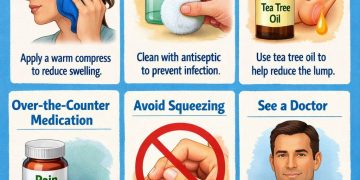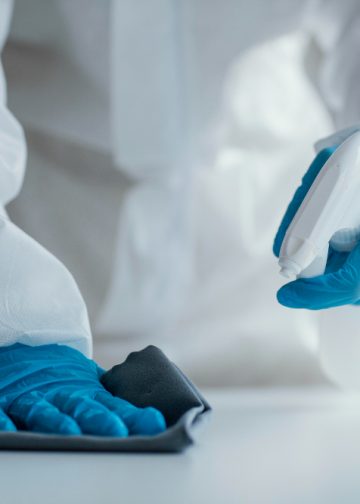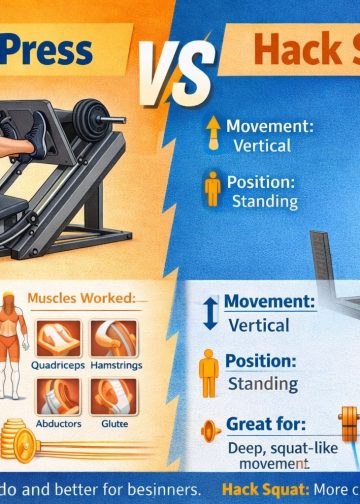A temporomandibular joint syndrome is a condition when one’s jaw muscles and nerves feel pain, caused by TMJ injury or inflammation.
The jawbone and the skull are connected via the temporomandibular joint. It is the jaw pain when you chew, click, crackle, and pop. If you are going through the same, find a TMJ specialist in South Calgary.
One might also experience swelling on the sides of the face; nerve inflammation; headaches, including migraines; tooth grinding (bruxism); Eustachian tube dysfunction; and temporomandibular joint dislocation are all symptoms of an injured or inflamed temporomandibular joint. A temporomandibular joint condition is another name for temporomandibular joint syndrome.
Causes of TMJ.
– Physical injury.
– Dental surgery.
– Autoimmune diseases.
– Infections.
– Arthritis.
– Clenching or grinding teeth during sleep.
Genetic, hormonal, or environmental factors could also have a role to play in TMJ. For example, violinists have a greater rate of TMJ issues than the general population because their employment requires them to hold an instrument against their jaw. This can lead to TMJ problems as a result of strain. Women are more likely than men to suffer from TMJ issues; experts are actively investigating hormonal reasons for TMJ as well.
Symptoms of the TMJ syndrome include;
– Ear pain.
– Popping sound in the ear.
– Pain in the temple area.
– Locking of the jaw point.
– Headaches.
– Jaw pain.
– Jaw popping and clicking.
– Sore or stiff jaw muscles.
Risks associated with TMJ syndrome.
– Poor posture in the upper back and neck muscles might lead to abnormalities and strain of the jaw muscles mobility.
– Women of age 18-44 years are prone to high risk.
– Stress might enhance muscle tension and jaw clenching.
– People with trauma or poor positioned teeth.
– Patients who have other chronic inflammatory diseases or arthritis.
– People with a genetic predisposition to pain sensitivity and enhanced stress responses might be more susceptible.
Treatment for the TMJ.
Lifestyle changes.
People can treat the TMJ symptoms successfully at home. Lifestyle and self-care changes can be sufficient to get rid of the TMJ pain.
Self-care treatment might include the following;
– Intake of only soft foods.
– Avoiding chewing gum.
– Avoid putting pressure on the jaw.
Other than that, you can perform stretching jaw exercises. Massage can be an effective treatment that might help in alleviating jaw pain.
Rest and mild exercise may be recommended in conjunction with the treatment plan. A healthcare practitioner can recommend the best practices and other lifestyle adjustments that may help with TMJ problems. You can apply moisture or ice to reduce TMJ pain.
For existing conditions.
More specific treatment options may be offered for TMJ issues caused by pre-existing diseases. A mouth guard, for example, may assist in alleviating the symptoms of TMJ problems caused by tooth grinding or clenching while sleeping. If necessary, a dentist can give a mouthguard.
Steroid injections may be prescribed in cases where degenerative illnesses like osteoarthritis cause TMJ issues. The steroid will assist in reducing swelling, discomfort, and other symptoms by being injected directly into the joint. Within a week, many people report a significant reduction in discomfort. You should Google TMJ specialist near me in Calgary, which can help you in treating TMJ pain.
In certain circumstances, an injection can permanently relieve the symptoms of TMJ issues, while in others, it can only help temporarily. Over-the-counter pain relievers can help relieve discomfort for a short period.
Surgery.
Surgery may be the most effective treatment for pain and restricted movement in more severe forms of TMJ disease. Damage to the joint, the muscles surrounding the jaw, or another ailment can lead to a TMJ problem. Physicians will only choose the surgery option when there is a problem with the joint itself.
The joint may need to be replaced in the most severe TMJ disorders, where jaw movement is severely restricted and symptoms continue for a long time. However, this medication is only used in rare cases.
Even if the treatment involves self-care and basic lifestyle adjustments, people should always obtain professional medical counsel before starting treatment.
How can physiotherapy help in treating TMJ?
Physiotherapy can treat TMD. They can help you in reducing joint discomfort and inflammation while also improving the flexibility and function of your TMJ. Physiotherapy treats TMD in the same way it treats other conditions: it looks at both the TMJ and the other body parts contributing to the problem.
Common methods that might physiotherapist include;
– Laser and ultrasound treatments.
– Jaw movement exercises.
– Posture correction.
– Relaxation training.
– Manual therapy, including stretching, massage and joint mobilization.
Conclusion.
A variety of conditions can cause pain, stiffness, and other jaw and TMJ-related issues. TMD is the overall name for these problems, and your physiotherapist can address it by using a customized treatment plan designed to meet your specific needs. Professional physiotherapist in Calgary may collaborate with your dentist or orthodontist and recommend lifestyle changes, exercises, massage, and other therapies as part of your treatment plan.


